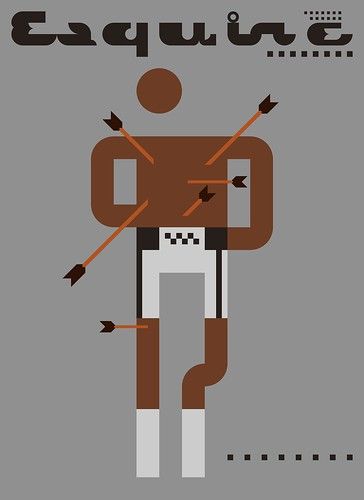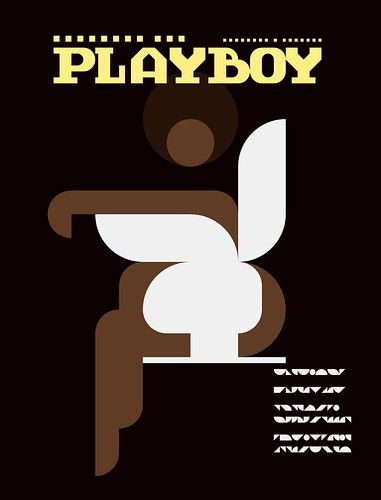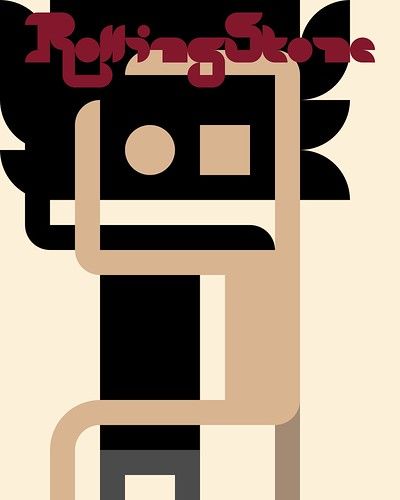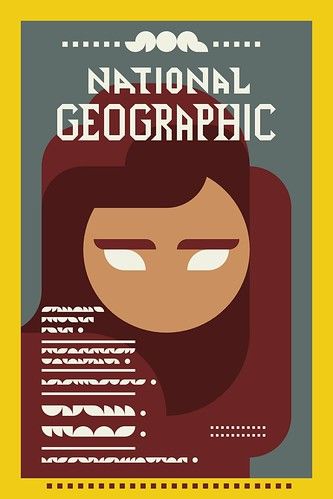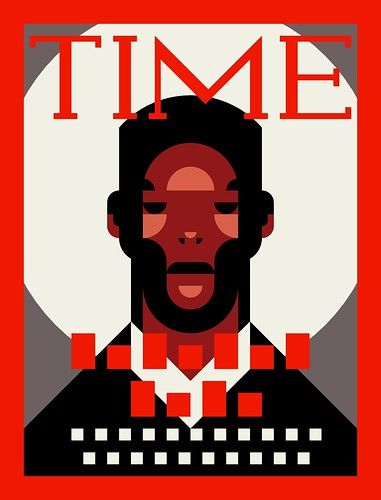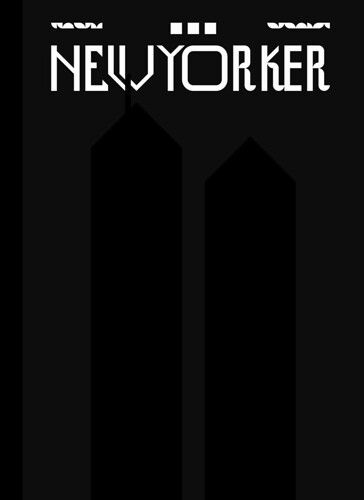Top 7 most iconic magazine covers made icons
#1
The Passion of Muhammad Ali Esquire, April 1968
Ali appeared on the cover of the April 1968 issue of Esquire magazine in the style of the martyrdom of Saint Sebastian after his conscientious objection to the Vietnam War and the subsequent stripping of his boxing title. ~Wikipedia
#2
Playboy, October 1971
Darine Stern was the first African-American model to appear by herself on the cover of Playboy in the magazine’s October 1971 issue. ~Wikipedia
#3
Rolling Stone, January 1981.
Annie Liebovitz shot of John Lennon and Yoko Ono for the January cover or Rolling Stone, photographed five hours before Lennon was assassinated. ~Wikipedia
#4
Afghan Girl, National Geographic, June 1985
Although her name was not known, her picture, titled “Afghan Girl”, appeared on the June 1985 cover of National Geographic. The image of her face, with a red scarf draped loosely over her head and with her piercing sea-green eyes staring directly into the camera, became a symbol both of the 1980s Afghan conflict and of the refugee situation worldwide. The image itself was named “the most recognized photograph” in the history of the magazine. ~Wikipedia
#5
More on Moore, Vanity Fair, August 1991
More Demi Moore was a controversial nude photograph of the then seven-months pregnant Demi Moore taken by Annie Leibovitz for the August 1991 cover of Vanity Fair. Demi Moore was the first celebrity to appear naked and pregnant on the cover of a magazine. Almost fifteen years after its publication it was listed as the second best magazine cover of the last forty years by the American Society of Magazine Editors. ~Wikipedia
#6
An American Tragedy, Time, June 1994
On June 27, 1994, Time published a cover story “An American Tragedy” with a mugshot image of O. J. Simpson on the cover. […] Time itself then became the object of a media scandal, and it was found it had employed photo manipulation to darken the photo, for the purpose of, as commentators have claimed, making Simpson appear more “menacing.” The publication of the cover photo drew widespread criticism of racist editorializing, and yellow journalism. Time publicly apologized. ~Wikipedia
#7
9/11/2001, The New Yorker, September 2001
New Yorker Covers Editor Françoise Mouly repositioned Art Spiegelman’s silhouettes, inspired by Ad Reinhardt’s black-on-black paintings, so that the North Tower’s antenna breaks the “W” of the magazine’s logo. Spiegelman wanted to see the emptiness, and find the awful/awe-filled image of all that disappeared on 9/11. The silhouetted Twin Towers were printed in a fifth, black ink, on a field of black made up of the standard four color printing inks. An overprinted clear varnish helps create the ghost images that linger, insisting on their presence through the blackness.~Wikipedia
December 4, 2012 ☼ art
